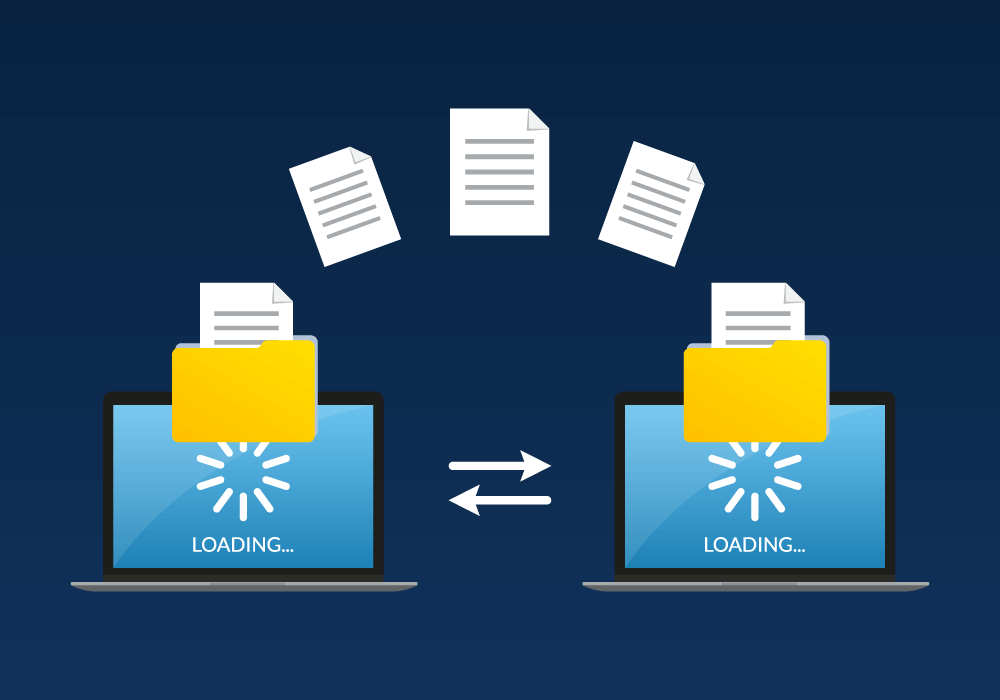This website uses cookies so that we can provide you with the best user experience possible. Cookie information is stored in your browser and performs functions such as recognising you when you return to our website and helping our team to understand which sections of the website you find most interesting and useful.
16 Sep

Electronic Filing (E-Filing) is a simpler and faster alternative to its counterpart, physical court filing. However, there are misconceptions as to how E-Filing actually works. Much like traditional filing, E-Filing is merely a streamlined method by which attorneys can file their documents through a web based system which is directly connected to the courts case management system. It is still beholden to the pace the court is operating at and has been thusly impacted by COVID-19.
When documents are E-Filed, they are digitally time stamped and received by the court, but still end up in a queue behind all other documents before them. E-Filing makes it easier for the court to receive the incoming filings by things like case type, case number, document type, and assigned court room; all of which make for an easier expedition process for time-sensitive filings. However, there is still and has always been a lag between the moment documents are submitted and actually reviewed by a court clerk.
In the aftermath of COVID, that aforementioned review process has become more pronounced due to reduced hours and staffing shortages among the California Courts. Today, delays can run up to two or three weeks between a document’s upload and its review depending on the court in question. E-Filing is a vastly superior option for courts looking to get back on track in the aftermath of COVID-19, but it’s important to remember that it has been similarly affected by the pandemic and no longer synonymous with “instantaneous” for the time being. Until the courts employ more clerks to process the incoming filings, the turnaround time to receive a conformed copy will continue to have delays.
